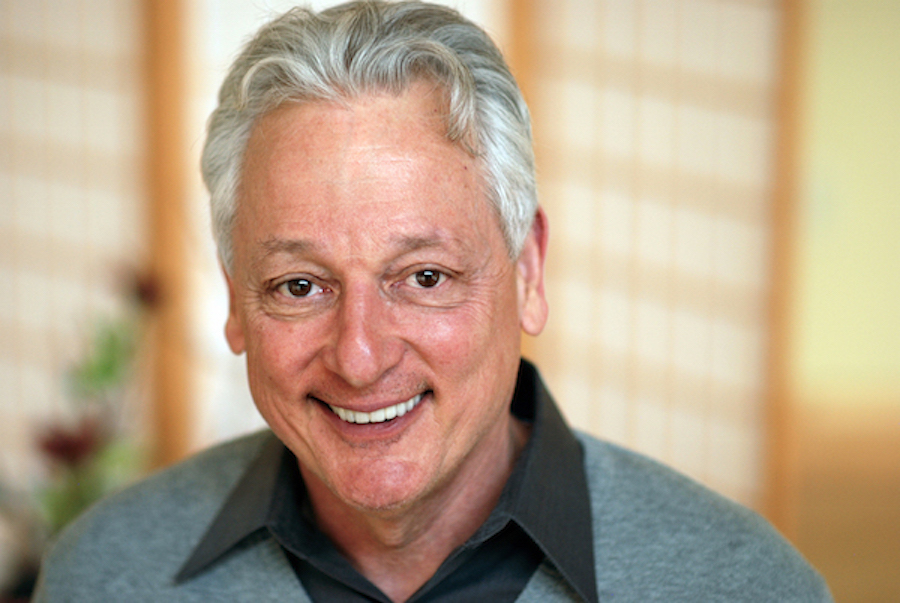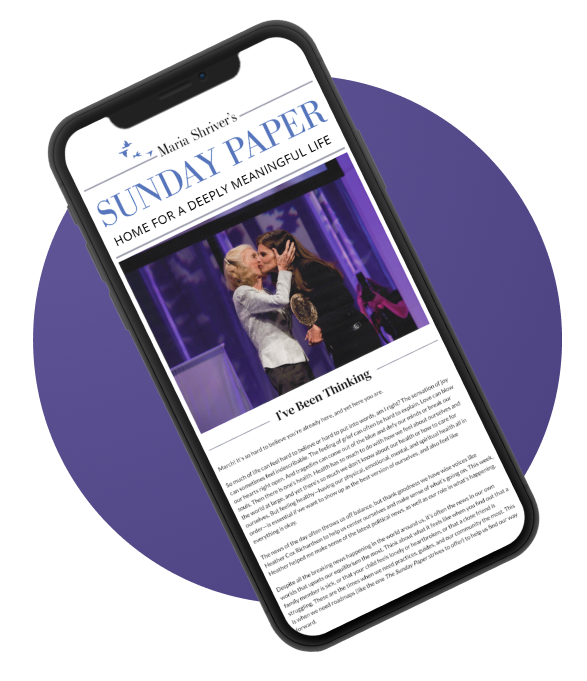Learn How to Take Ownership of Your Life’s Direction

Go Ahead…Burn the Boats!
We know that it’s all too easy to let the challenges and vicissitudes of daily life carry us along willy-nilly with no clear path. If we don’t make the commitment to get in the driver’s seat and take ownership for our life’s direction on a daily basis, something or someone else will. Being a practitioner and having a path means acknowledging that the life we envision for ourselves is not going to happen by accident or wishful thinking. On the contrary, it requires commitment and a consistent daily practice.
The term practitioner invokes a powerful archetype signifying your commitment to excellence and mastery. By fully embracing the practitioner archetype, you can establish a new identity for yourself — one that includes a powerful set of values and priorities. Truly becoming a practitioner requires clear purpose, relentless commitment, oceans of patience, and, of course, practice! It also involves embracing what I call the spirit of mastery.
With clarity about your life purpose, you can design the life you want and begin organizing your time and priorities accordingly. It’s like having a bright star to guide your journey, helping you navigate even the most treacherous waters. It allows you to address and integrate all the various dimensions of your life — health, relationships, livelihood, spiritual life, and everything else — into a cohesive way of showing up in the world.
Staying true to your life’s purpose requires commitment. There is a certain way in which the universe seems to test you when you create an intention around change or accomplishing something — the bigger your vision, the bigger the obstacles. When we stay the course and remain true to our intention, the universe then often appears to support us.
However, until we really commit, until we burn the boats, not much happens. As the story goes, after coming ashore in a new land, Alexander the Great had his troops burn all their boats to motivate them to victory; without a means of escape, they had no choice but to succeed in battle or die trying. Are you willing to fully commit and burn the boats in order to achieve your life’s purpose? What would burning the boats mean for you?
Manifesting our life’s purpose is a marathon, not a sprint. The journey requires tremendous patience. There will be exciting breakthroughs and seemingly fast-paced change. However, more often than not, change and progress will be slow and steady, and sometimes you may feel as if you have hit a plateau where not much is happening. You may even feel as if you have hit a wall. This is when we need patience and resolve to just keep going, trusting the journey and believing in our purpose.
Let’s talk about practice itself. You know beyond a shadow of a doubt that developing any new skill requires practice. Strangely though, we often assume or secretly wish that personal or spiritual growth would happen of its own accord or by accident somehow. It’s almost as if we have a sense of entitlement when it comes to these domains in our lives. In any human endeavor, though, progress and success require diligent and effective practice.
Practice has two principal dimensions: doing it and doing it effectively. To develop a consistent daily mindfulness meditation practice, you first need a place to do it. It’s extremely helpful to have a dedicated space in your home for meditation practice. I have a room just steps away from my bedroom where my partner, Sophie, and I practice together every morning before breakfast. Depending on your living situation, it may not be possible to dedicate an entire room to meditation practice. Nonetheless, you may be able to dedicate part of a room. The more visible the reminders of your practice commitment, the better.
You also need a time to practice. Most people find it ideal to practice first thing in the morning before the onslaught of daily activities and life’s distractions. You need to figure out for yourself the ideal time to do your practice. The length of time isn’t as important — even ten minutes of mindfulness will get your day off to a great start.
You also need a strategy to outwit the resistance that will inevitably arise. Lots of people say something like “Whenever I manage to sit down to practice, I enjoy it and feel much better afterward, but it’s still hard to get myself to do it — something always gets in the way.” This is a common experience. My advice: expect the resistance, and use it as your friend. If you commit to practicing meditation at a certain time each day, more often than not, you will start experiencing thoughts of resistance as that time approaches: “I don’t really need to.” “It’s okay if I skip it today.” “It’s actually good to take a day off here and there.” And so on.
When these thoughts come up, I’ve trained myself to recognize them as helpful reminders: “Oh, there’s the resistance thoughts — must be time to practice.” However you work with this phenomenon, the important thing is to expect the resistance and inoculate yourself to it in some way. When these thoughts arise, they’re just thoughts. There’s no need to take them seriously or believe them.
That’s the first dimension of practice — actually doing it. The second aspect, practicing effectively, refers to technique. Practicing with proper and efficient technique is critical to progress and success in anything. If we practice hitting golf balls or shooting baskets again and again with poor technique, we’re simply developing bad habits. Whatever we do with enough repetition will become grooved in our neurobiology as a habit, so practicing with good technique is essential.
The three mindfulness meditation techniques I want to emphasize are:
- Begin each practice session with a clear benevolent intention — something such as “I intend to develop wakefulness in order to enjoy and add value to life.”
- Work on developing good posture. It can take a while to find and develop a relatively erect posture that feels naturally uplifted and dignified and, at the same time, relaxed and stable.
- Do your best to let go of ambition, striving, and any form of self-criticism. Instead, cultivate qualities such as curiosity, self-acceptance, and humor.
Another critical element to truly embodying the practitioner archetype is developing the spirit of mastery, which means never settling for “good enough.” It also means embracing the mindset of a lifelong learner. We realize at some point that we’re here to learn, and that learning gives our life meaning. Just to be clear, the spirit of mastery has nothing to do with ambition, perfectionism, or recognition. Instead, it values the journey itself and recognizes that practice is the goal. We can work at perfecting an art or skill while simultaneously realizing that the greatest value lies in the effort itself rather than reaching the goal. The spirit of mastery involves a love of learning and the ability to appreciate each moment of practice as the actualization of our human destiny — to train, grow, thrive, and awaken.

Adapted from RADICAL RESPONSIBILITY: How to Move Beyond Blame, Fearlessly Live Your Highest Purpose, and Become an Unstoppable Force for Good, by Fleet Maull, PhD. Sounds True, May 2019. Reprinted with permission.
This excerpt was featured in the June 2nd edition of Maria Shriver’s Sunday Paper newsletter. The Sunday Paper is the paper of record for individuals who want to be Architects of Change, lead meaningful lives and Move Humanity Forward. To get inspiring and informative content like this essay delivered to your inbox each Sunday morning for free, click here to subscribe.
READ MORE STORIES THAT MOVE HUMANITY FORWARD
READ MORE STORIES THAT MOVE HUMANITY FORWARD
SIGN UP FOR MARIA’S SUNDAY PAPER

